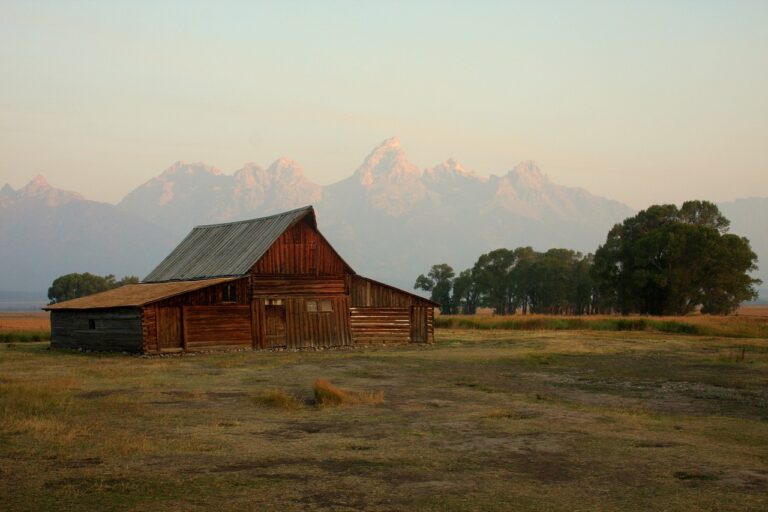Exploring UNESCO World Heritage Sites: Preserving Cultural and Natural Legacies
UNESCO World Heritage Sites are internationally recognized landmarks or areas that hold significant cultural, historical, scientific, or other forms of importance. These sites are considered to be of outstanding value to humanity, embodying the shared heritage of different cultures across the globe. Currently, there are over 1,100 UNESCO World Heritage Sites located in more than 160 countries, showcasing the diversity and richness of our collective heritage.
Designated by the United Nations Educational, Scientific and Cultural Organization (UNESCO), these sites play a crucial role in preserving and protecting cultural and natural treasures for future generations. From ancient archaeological sites and historic monuments to breathtaking natural landscapes and architectural marvels, UNESCO World Heritage Sites offer a glimpse into our shared past and present. Through their preservation and promotion, these sites help foster a greater appreciation and understanding of the cultural diversity that shapes our world today.
Significance of Cultural Heritage Preservation
Cultural heritage preservation plays a crucial role in maintaining the identity and roots of a society. By safeguarding historic sites, monuments, and traditions, we ensure that future generations have a tangible link to their past. The preservation of cultural heritage also fosters a sense of pride and belonging among communities, strengthening social bonds and promoting a shared sense of history.
Moreover, cultural heritage sites are not just symbols of the past; they also serve as sources of inspiration for creativity and innovation. Artists, architects, and scholars often draw upon historical monuments and traditions for new ideas and interpretations. By preserving cultural heritage, we not only protect our history but also pave the way for future cultural developments and artistic endeavors.
What are UNESCO World Heritage Sites?
UNESCO World Heritage Sites are places of cultural or natural significance that have been recognized by the United Nations Educational, Scientific and Cultural Organization (UNESCO) for their outstanding universal value.
Why is it important to preserve cultural heritage?
Preserving cultural heritage is important because it helps us understand and appreciate our past, fosters a sense of identity and belonging, and promotes cultural diversity and social cohesion.
How does the preservation of cultural heritage benefit society?
The preservation of cultural heritage benefits society by promoting tourism and economic development, fostering creativity and innovation, and enhancing quality of life and well-being.
What are some challenges in preserving cultural heritage?
Some challenges in preserving cultural heritage include lack of funding and resources, natural disasters, urbanization and development, climate change, and conflict and war.
How can individuals contribute to the preservation of cultural heritage?
Individuals can contribute to the preservation of cultural heritage by respecting and protecting heritage sites, participating in cultural events and activities, supporting heritage conservation initiatives, and raising awareness about the importance of cultural heritage preservation.





